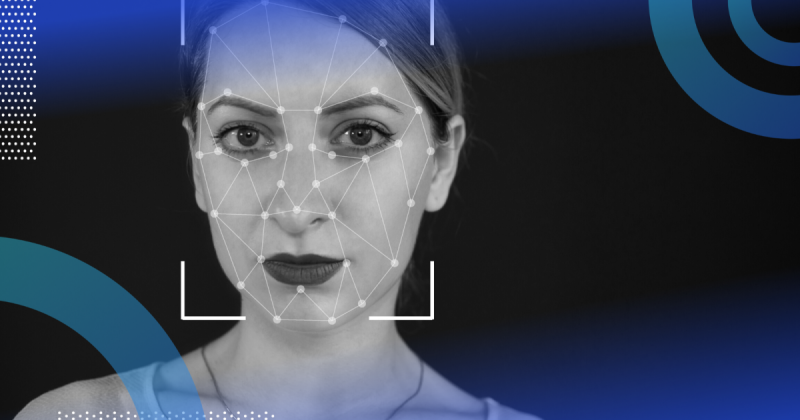
In recent years, the emergence of deepfake technology has sparked widespread intrigue and concern. Deepfakes refer to synthetic media, often videos, that have been manipulated or generated using artificial intelligence (AI) algorithms.
The Accessibility of Deepfake Tools
1. Origins of Deepfake Tools
Initially, deepfake technology was confined to research laboratories and specialized institutions. Developed as a means to explore the capabilities of AI and machine learning, early deepfake experiments were primarily academic in nature.
However, as the technology progressed and became more sophisticated, it began to attract the attention of a wider audience. Researchers and developers began to explore its potential applications beyond the confines of the laboratory.
2. Accessibility Expansion
With advancements in AI and machine learning, access to deepfake tools has become increasingly widespread. What was once considered cutting-edge technology accessible only to a select few has now become available to anyone with an internet connection and a basic understanding of computer programming.
Open-source platforms and software have played a significant role in democratizing the creation of deepfake content. These platforms provide users with access to pre-trained models and user-friendly interfaces, making it easier than ever to create convincing deepfake videos.
3. Open-source Platforms
Open-source platforms such as TensorFlow and PyTorch have played a crucial role in democratizing access to deepfake technology. These platforms provide users with access to pre-trained models and libraries that can be used to create and manipulate synthetic media.
In addition to providing access to deepfake technology, open-source platforms also facilitate collaboration and innovation within the research community. Researchers and developers can share their code and techniques, allowing others to build upon their work and push the boundaries of what is possible with deepfake technology.
Ethical Implications of Deepfake Technology
1. Misuse and Manipulation
The accessibility of deepfake tools has raised concerns about their potential for misuse and manipulation. While deepfake technology has legitimate applications in fields such as filmmaking and special effects, it also has the potential to be used for malicious purposes.
One of the most significant concerns surrounding deepfake technology is its potential to be used to create convincing yet entirely fabricated videos. These videos can be used to spread false information, defame individuals, or manipulate public opinion.
2. Threats to Privacy
Deepfake technology poses significant threats to individual privacy. By allowing users to create realistic videos of individuals without their consent, deepfake technology erodes the boundaries between reality and fiction.
For example, deepfake technology could be used to create fake celebrity pornographic videos or to impersonate individuals in compromising situations. These videos can have devastating consequences for the individuals involved, leading to reputational damage, harassment, and even blackmail.
3. Impact on Public Discourse
The proliferation of deepfake content has the potential to undermine trust in media and exacerbate the spread of misinformation. As deepfake technology becomes more accessible and easier to use, it becomes increasingly challenging to discern fact from fiction.
Deepfake videos have the potential to go viral on social media platforms, where they can be shared and viewed by millions of people. This can have significant implications for public discourse, as false or misleading information spreads rapidly and uncontrollably.
The Role of Regulation and Awareness
1. Regulatory Challenges
Regulating deepfake technology presents significant challenges for policymakers and regulators. Unlike traditional forms of media manipulation, deepfake technology is constantly evolving and can be difficult to detect and attribute.
Furthermore, deepfake technology is often used across international borders, making it challenging to enforce regulations at a global level. As a result, policymakers must work together to develop coordinated approaches to regulating deepfake technology.
2. Need for Awareness Campaigns
Educational initiatives and awareness campaigns are crucial in informing the public about the existence and potential risks associated with deepfake technology. By raising awareness about the prevalence of deepfake content and its potential to deceive, these campaigns can help individuals become more discerning consumers of media.
Furthermore, education plays a critical role in equipping individuals with the skills and knowledge they need to identify and combat deepfake content. By teaching individuals how to spot signs of manipulation and verify the authenticity of media, we can empower them to protect themselves against the spread of misinformation.
Navigating the Complex Landscape of Deepfakes
As deepfake technology continues to evolve and proliferate, it is essential to remain vigilant and proactive in addressing its ethical and societal implications. By promoting awareness, fostering collaboration, and enacting appropriate regulations, we can mitigate the risks associated with deepfake technology and harness its potential for positive applications.
Maruti Suzuki becomes Arjun! Full attention was paid to making the car with this engine
JEE Advanced 2024 Registration Begins, Application Fees Increased for All Categories
Volkswagen introduces new 7-seater Teron SUV, has been provided with full features